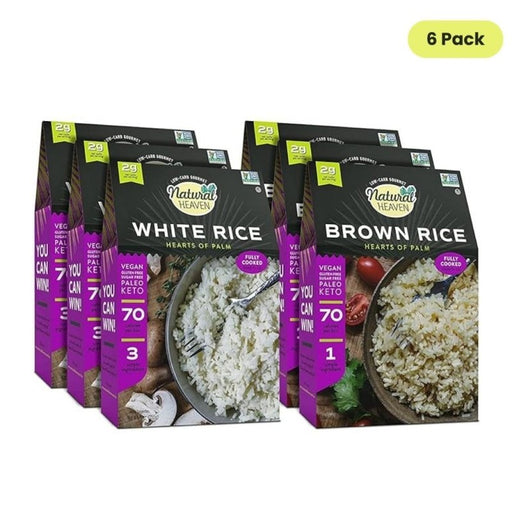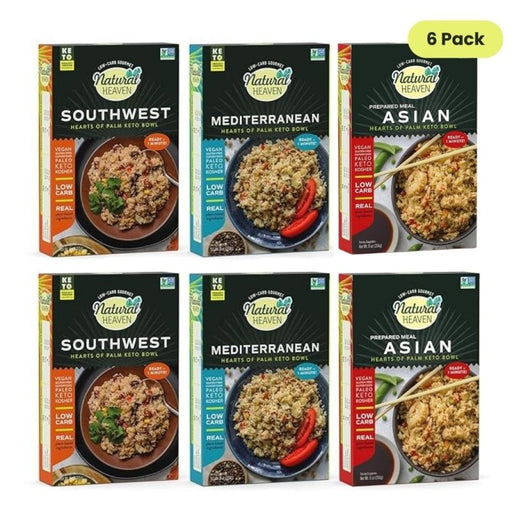Diet trends seem to evolve constantly and can be overwhelming to follow. But the two diets that have remained the most popular throughout the years are the ketogenic or keto diet and the low-carb diet.
A keto diet and a low-carb diet may seem similar as both diets involve restricting your carb intake, which is also why they are often mistakenly confused to be the same diet. However, they are quite different and have distinct health impacts.
Understanding the difference between the two will help you decide which is better suited for your fitness or health goals.
What Is A Low-Carb Diet?
A low-carb diet is one that imposes restrictions on the carbohydrates you consume, primarily from sugary beverages, grains, and bread.
In a low-carb diet, carbs make up 10-30% of your overall calorie consumption. An average person consuming 2,000 calories a day should thus have around 50-150 grams of carbs in their diet.
Most often, people following a low-carb diet increase their intake of healthy fats, protein, and vegetables as a replacement for carbs. This also promotes satiation.
Here are some of the major benefits of a low-carb diet:
- Low carb diets can promote weight loss as they tend to eliminate high-calorie foods, which can reduce the number of calories you consume overall.
- They are also highly beneficial for improving your cardiovascular health.
- Low-carb diets are also popular amongst people with diabetes as they help with controlling the body’s blood glucose levels.
- Low-carb diets are generally easy to sustain and do not take too long to adapt to. They are also less restrictive.
However, cutting out carbs excessively may cause weakness or constipation. The diet may also limit your intake of fruits and micronutrients.
What Is A Keto Diet?
A keto diet is aimed at reaching nutritional ketosis, or helping the body reach a ketogenic state in which the body uses fat instead of carbs as its source of fuel.
This is a high-fat diet that reduces your consumption of carbs to less than 50 grams a day. At the same time, it maintains a moderate intake of protein and drastically increases your fat intake.
Some important benefits of a keto diet include:
- A keto diet can be therapeutic, as it can help treat refractory epilepsy and may also slow the growth of certain cancers.
- It is often used as part of a weight-loss regime amongst fitness enthusiasts.
- A keto diet can also enhance insulin sensitivity and help address type 2 diabetes while also promoting appetite reduction.
- It is beneficial for controlling triglyceride and cholesterol levels and can be beneficial for those combating obesity.
Despite its many benefits, however, a keto diet is not sustainable as it is very restrictive. It may also lead to certain side effects such as the risk of keto flu, which can cause fatigue, brain fog, headaches, lack of motivation, and irritability. If you are not careful about your fiber intake, a keto diet may also cause constipation.
Low-Carb Vs. Keto: Which Diet Is Better?
The main factor to consider when deciding which of the two diets you should follow is your carb intake.
A low-carb diet offers more freedom to consume up to 150 grams of carbs, while a keto diet is highly restrictive with only 50 grams.
A keto diet also has a lower protein intake at approximately 20% of total calories compared to a low-carb diet. Conversely, keto diets have a much higher intake of fats.
Whichever diet you ultimately opt for, speaking to a nutritionist before you begin is always a good idea. Make sure to plan your diet to include adequate nutrition and don’t be too hard on yourself!












